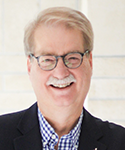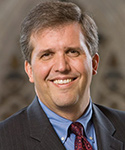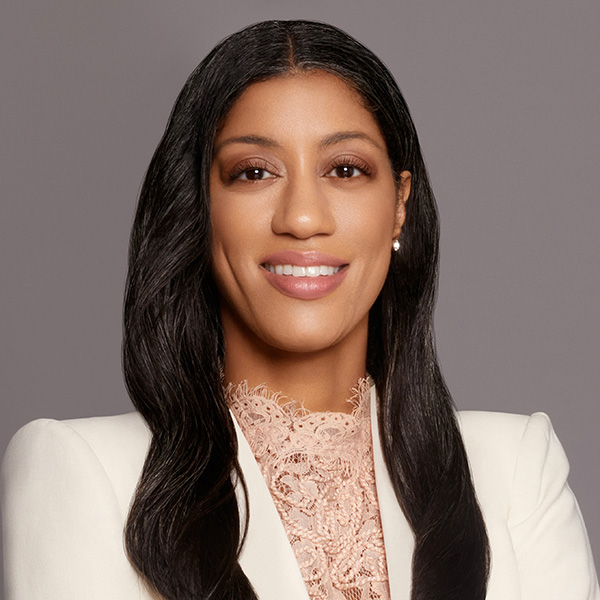Editor's note: This is part of a series of articles in which three United Methodist Church leaders explore disruptive innovation and what it means for the future of mainline Protestantism.
Mainline Protestantism long assumed that it didn’t need to do anything extraordinary to develop clergy leadership. After all, in many cases, being a pastor was almost a “family business.” We could always rely on the strong families who had handed down the calling from generation to generation. For many pastors, mentoring took place in literal family systems, and regardless of how one was called to ministry, clergy gatherings had a family-like feel.
Even for those who were not born into pastoral ministry, the path to ordained leadership was clear and easily understood. Young people tested their leadership skills in church youth groups, developed them in campus ministries, and then nourished and strengthened them in seminaries. Family and denominational structures reinforced each other and prepared people for a particular kind of leadership that was rooted in established cultures. Ken recalls a clergy colleague who rebelled against his family, not by taking a year to follow the Grateful Dead, but by attending a different southern Presbyterian seminary than his father had!
Beneath this model of clergy development was a certain set of assumptions about the nature and role of seminary and the entire process of pastoral formation. Seminary was assumed to be the primary place that prepared clergy to serve as pastors. Would-be pastors were initially formed within families, congregations and denominations, but the seminary was where the real education occurred, transmitting and instilling the knowledge and skills necessary for effective congregational ministry. Beyond seminary, some modest continuing education might be good to have, but it wasn’t essential.
This model of leadership development seemed to function well for both church and clergy in an era when congregations were homogeneous, candidates for ministry were mostly middle-class Anglo men, and clergy skills were easily transferable from one congregation and community to the next. In retrospect, that model never was as effective as people thought it was, but in that very different time, it at least appeared to be working OK.
That time, however, has long since passed. Yet mainline Protestantism has been slow to adapt and develop new models that take into account the disruptive forces acting in congregations and the culture. Instead, we continue to rely mostly upon the same ineffective systems while failing to address the leadership development needs of clergy and congregations.
Seminaries still tend to offer curricula rooted in assumptions of cultural and denominational stability. Denominations continue to provide education and training based primarily on institutionally endorsed needs and categories. And even the way we identify and recruit future clergy depends more on people self-selecting for ministry than on any comprehensive and creative discernment of the church’s needs.
In short, we in the mainline have not paid attention to multiple disruptive forces affecting clergy leadership development. A more diverse population -- including women and people from a variety of ethnic and immigrant traditions -- are answering God’s call into ministry. Congregations and entire denominations are undergoing profound change. In an increasingly post-Christian America, churches have new and different expectations for clergy, including the possession of entrepreneurial skills.
For years, the “professional” model of leadership development -- focused on obtaining degrees, first from college and then seminary -- seemed able to cope with the forces of disruption. It could handle a broader range of clergy candidates as long as the women and ethnic candidates came from the middle class and could afford college and seminary tuition. But the old model has not worked as well for aspiring pastors from immigrant communities who lack either the money or the time necessary to acquire the requisite bachelor’s and master’s degrees.
At the same time, seminaries have been slow to recognize the new skills that clergy leaders need in today’s changing environment. Because many students lack basic formation in Scripture, history, doctrine and preaching, seminaries appropriately continue to emphasize knowledge and skills in these classical areas. Even in this new era, clergy and lay leaders need to know the church’s Scripture, traditions and practices.
Yet seminaries either haven’t seen or have resisted the need for new courses and training in areas of practical theology that are critically important in disruptive times. Clergy today need to know not only about Scripture but also about leadership and management, entrepreneurial approaches to mission and evangelism (including church planting), community development, and digital media and other new forms of communication.
Meanwhile, as seminaries operate much as they always have, mainline denominations have continued to focus on their standards and rules for becoming clergy. They have discounted the significance of lay leadership development other than in congregational roles or as part of recognized men’s or women’s groups.
As a result, rather than creatively discerning the church’s leadership needs, challenges and opportunities and then finding candidates to address them, denominational and seminary leaders have relied primarily on potential candidates working through their own sense of call to ministry. The result has been weak talent pools, poorly defined roles, narrow descriptions of essential clergy skills, and ineffective and underfinanced systems of leadership development.
But if seminaries and denominations have been blind to the forces of disruptive innovation, local congregations have not. Instead, they have felt the disruptive forces firsthand and, as a result, have launched a host of innovative experiments to develop the clergy they need. Congregations such as Willow Creek in Chicago, Saddleback in Southern California and Church of the Resurrection in Kansas City have become teaching congregations, with their own programs to develop congregational leaders. Other congregations, such as St. John’s United Methodist Church in Houston, have hired missions pastors to do innovative ministry in surrounding neighborhoods, programs such as Lanecia Rouse’s arts ministry with homeless persons.
In addition, many congregations are looking not to seminaries but to their own laity for the next generation of leadership. They recognize that laypeople are likely better-equipped than seminary graduates to provide the skills they need in such areas as business, education and community development.
Other experiments in disruptive innovation are being supported by foundations, seminaries and other Christian institutions. For example, the Lilly Endowment Transition-into-Ministry project helps young clergy leaders get a good start in ministry. City Seminary in New York is exploring new ways to equip people for urban ministry, especially those from immigrant populations. Other seminaries are developing new degree programs and other initiatives to support, encourage and nurture future leaders. And Christian institutions such as church-related hospitals and camps are also developing Christian leaders in fresh ways.
The driving force behind these new forms of leadership development in mainline Protestantism is simple; as Clay Christensen’s work tells us, new problems had to be solved and new populations reached. Even though seminaries and denominations as a rule have been slow to adapt, some congregations and institutions have not, as these and other experiments have helped find new solutions and new populations.
Can mainline Protestants shift our mindsets so as to embrace such experiments? Can we create new ecosystems to encourage long-term, faithful and effective leadership development for both laity and clergy?
Clearly, seminaries will have to play an important part in this new ecology. So too will teaching congregations and other Christian institutions that support and nurture congregations.
And all of us, together, will need to learn to adapt and innovate.


















